For many years, hellebores were limited to the traditional white Christmas Rose, but for over a decade now, numerous varieties with vibrant colours have emerged. Here is a selection of the most beautiful varieties currently in bloom in our greenhouses.
The most popular and colourful hellebores are derived from cross-breeding and selection of the Oriental Hellebore, and now almost all colours and flower shapes are available. They are as easy to cultivate as the Christmas Rose (Helleborus niger), but bloom a little later, around March-April, and require a partially shaded position and rich, humus-rich soil.
At first glance, the name of this variety is a bit misleading; just observe the underside of the petals to understand why it was named this way.
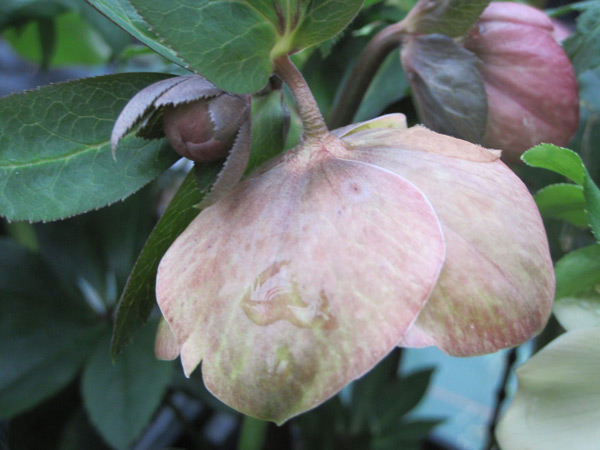
Oriental Hellebore Apricot, in this variety it is not the inside of the flower but the outside that makes it unique.
While the Oriental Hellebores are renowned for their flowers, the sternii and nigercors hellebores, both resulting from inter-species cross-breeding, are known for their ornamental leaves and great adaptability. Indeed, these hellebores have evergreen leaves, often variegated with grey and silver, and both tolerate drying and calcareous soils. The (x) sternii hellebores are the result of crossing the Corsican Hellebore (Helleborus argutifolius) and the livid Hellebore (Helleborus lividus) from the island of Majorca. They therefore cope very well with heat, draining and drying soils but are a bit more sensitive to cold than the Oriental Hellebores; they are primarily cultivated for their colourful and graphic leaves. They should be planted in a shady rockery or a dry, mineral bed, with botanical tulips and small gramineous perennials: fescues, carex, ophiopogon.
The (x) nigercors hellebores are the result of crossing the Christmas Rose (Helleborus niger) and the Corsican Hellebore (Helleborus argutifolius). They are similar in every way to the sternii hellebores, with the only difference being that they are hardier and have often large flowers in a wide range of white and pink shades; some varieties, like Candy Love, even appear bicoloured.

Hellebore nigercors Candy Love, the most floriferous hybrid at the moment. Its flowers, initially white, gradually turn pink in a wide range of shades.
From north to south, from the dry Mediterranean climate to the humid oceanic climate, hellebores should be chosen and planted according to the nature of the soil and the type of climate. The Oriental Hellebores are not afraid of cold or heavy soils, making them well-suited for the northern half of France. The sternii hellebores, on the other hand, tolerate heat and calcareous soils very well and are a bit less hardy than the Orientals, making them better suited for the southern half of France. As for the nigercors hellebores, they are very adaptable and accept almost all climates, without extremes of heat, calcareous soil, or cold!
































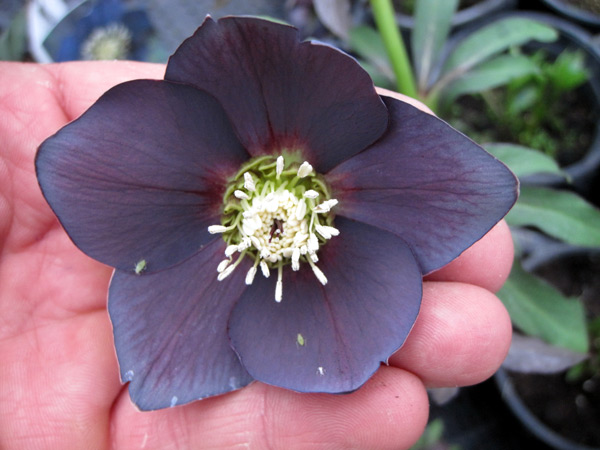
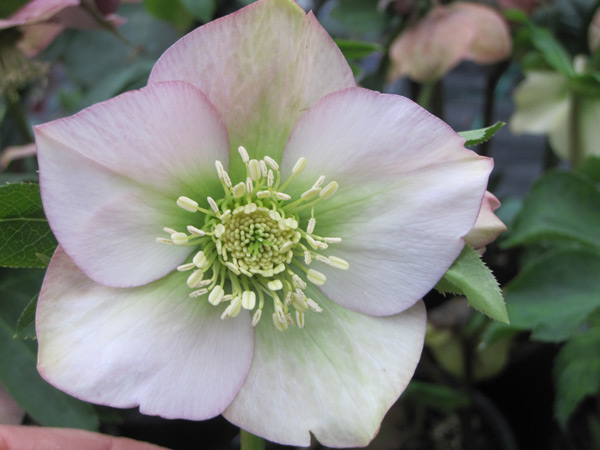
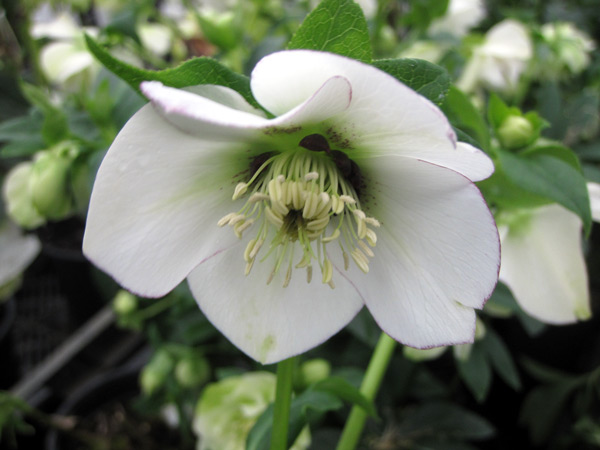
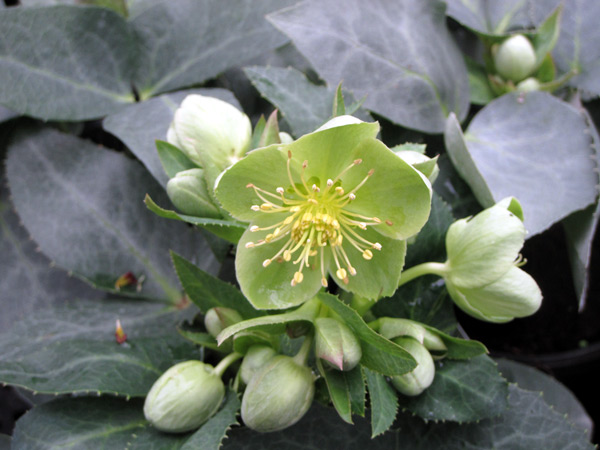



Comments